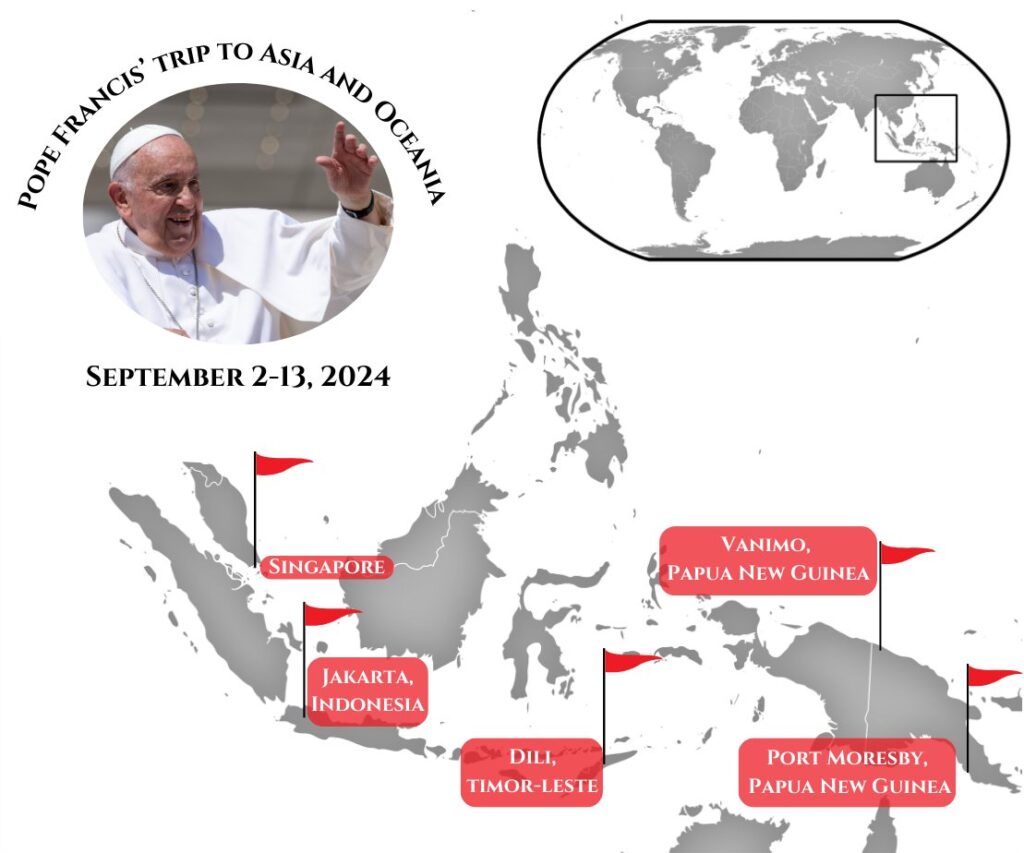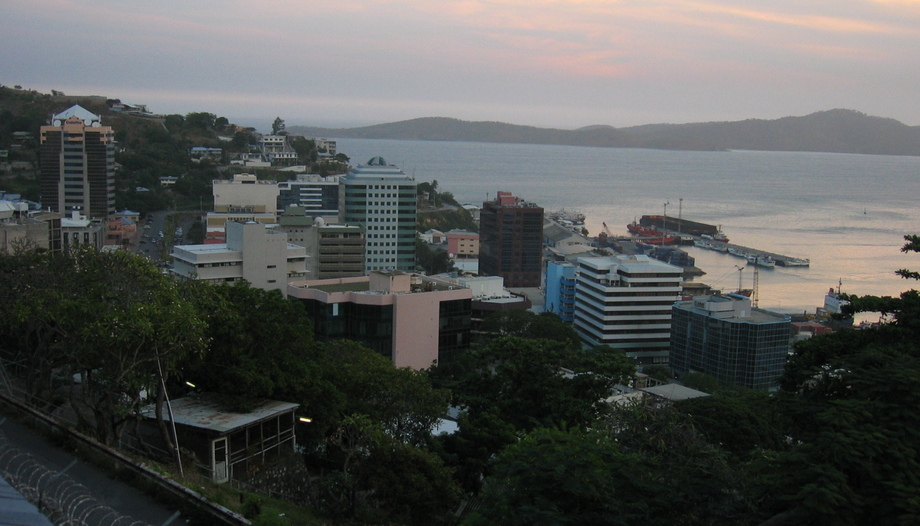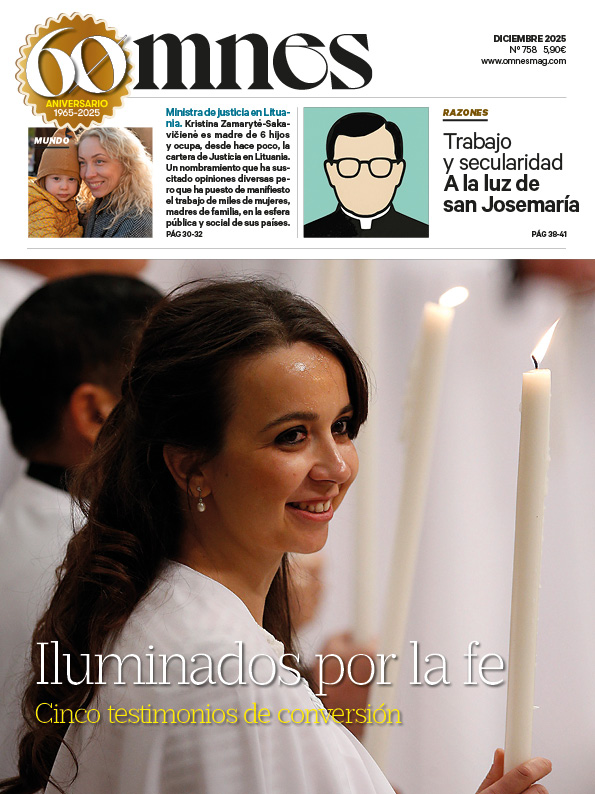The Pontiff began Friday with a private Mass at the nunciature, where he was staying in Jakarta.
Upon his arrival at the international airport, Soekarno-Hatta was seen off by an honorary picket, the Minister of Religious Affairs Yaqut Cholil Qoumas, Cardinal Gnatius Suharyo Hardjoatmodjo and other civil and religious authorities.
The Pope boarded an Airbus A330, accompanied by journalists and people in charge of the trip.

Reception in Port Moresby
The company's aircraft, Garuda-Indonesia, took off at almost 6:00 am. The trip is scheduled to take about six hours, with the Airbus touching down at Jacksons International Airport in Port Moresby, capital of Papua New Guinea at 12:00 (local time).
There will be a welcoming ceremony presided over by the Deputy Prime Minister, which will include the traditional cannon salute, guard of honor, singing, offering of flowers in traditional dress and presentation of the delegations.
From the airport the Pontiff will go to the Nunciature, where he will spend four nights until Monday, September 9, during his stay in the archipelago.
Papua New Guinea today
Port Moresby, colloquially known as Pom Town, with its 350,000 inhabitants, is the capital and main city and port of Papua New Guinea, a country with more than 10 million inhabitants, known for its beaches, coral reefs and rainforests.
In World War II it was a U.S. base and became independent from Australia and Great Britain in 1975.
The political situation in Papua New Guinea (PNG) is complex and characterized by a combination of political instability, corruption and socioeconomic challenges.
It is a parliamentary democracy within the Commonwealth, with a government structure that includes a prime minister as head of government and a governor general representing the British monarch, Charles III.








